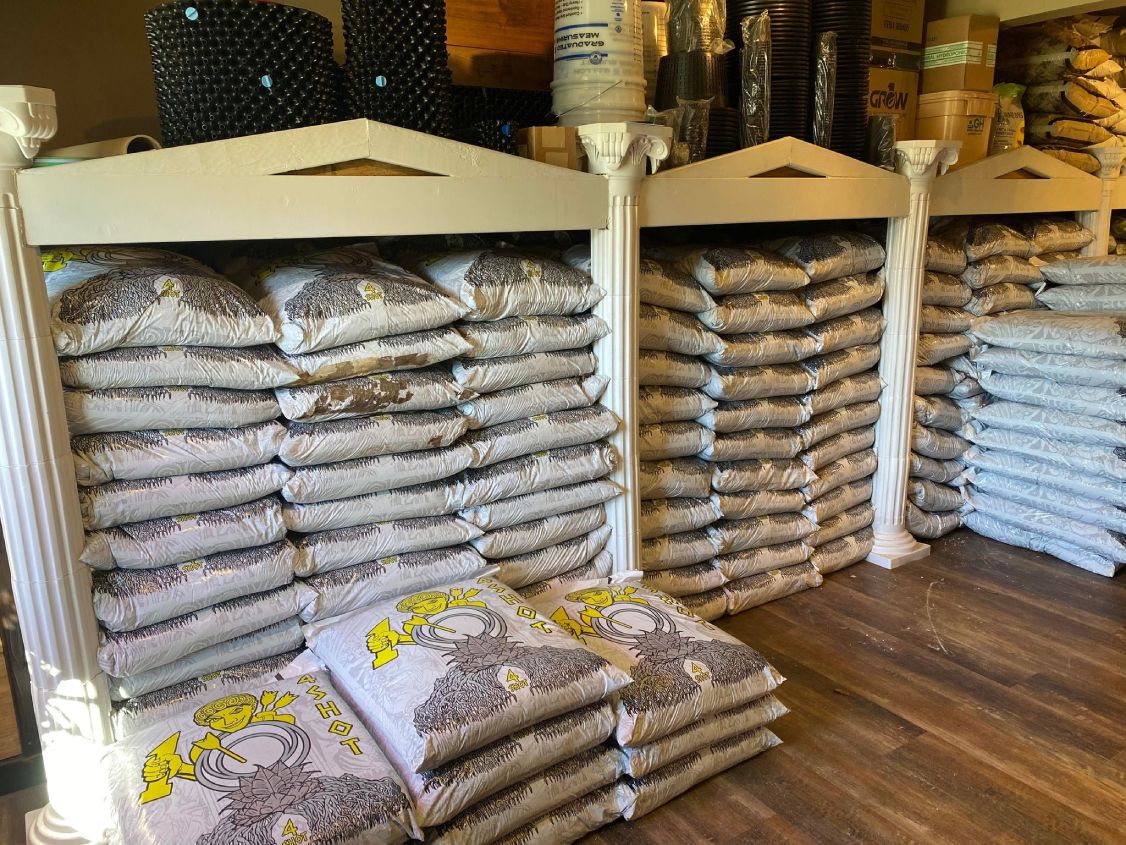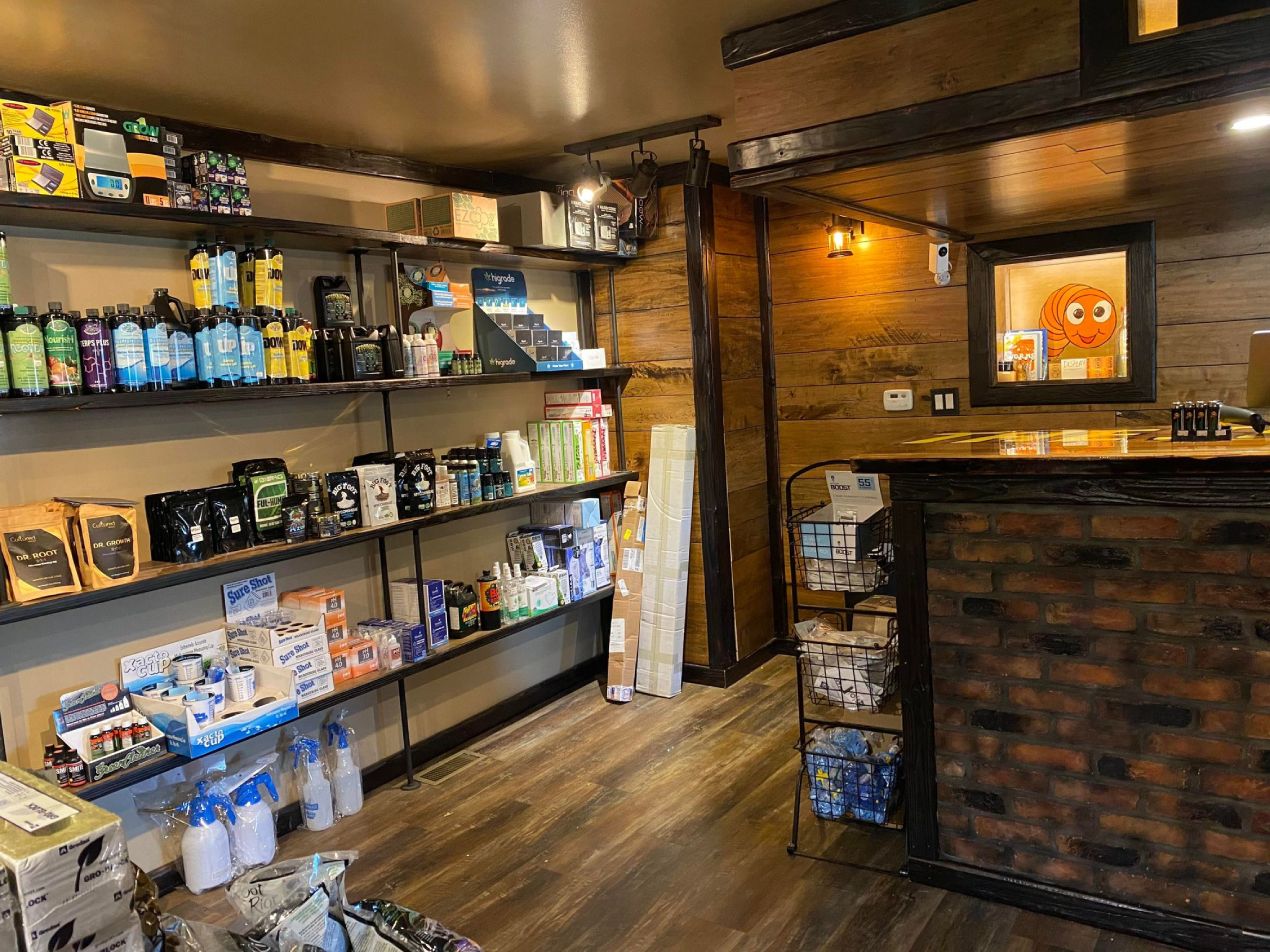Discover the Benefits of Hydroponics for Indoor Horticulture
Hydroponics, a method of growing plants without soil, has actually been getting appeal for indoor gardening lovers. As even more individuals look for cutting-edge means to cultivate plants indoors, hydroponics provides a compelling option that resolves numerous obstacles encountered by traditional soil-based gardening.
Increased Growth Rates
Hydroponic systems have been shown to substantially improve the development prices of plants compared to standard soil-based techniques. This boost in growth rates can be credited to the accurate control over essential environmental elements that hydroponic systems provide. By delivering nutrients directly to the plant origins in a very soluble type, plants in hydroponic systems can uptake crucial nutrients extra successfully, causing faster growth. Furthermore, the oxygen-rich environment in hydroponic systems enables boosted nutrient absorption and boosted metabolic procedures within the plants, even more contributing to increased development rates.
Moreover, the absence of dirt in hydroponic systems eliminates the demand for plants to expend power on extensive origin growth searching for nutrients. This energy can then be rerouted towards above-ground development, resulting in lusher foliage and quicker growth of blossoms or fruits. Overall, the boosted development rates observed in hydroponic systems make them an engaging alternative for cultivators aiming to make best use of plant growth and efficiency.
Water Preservation Benefits
Unlike traditional soil horticulture, where plants require to develop substantial root systems to look for water, hydroponic systems deliver water and nutrients straight to the plant roots. This targeted distribution makes sure that plants get exactly what they require, minimizing excess water usage. Embracing hydroponics not just advantages plant development yet additionally adds to water conservation efforts, straightening with the worldwide push in the direction of even more sustainable farming methods.
Nutrient Efficiency Benefits
Provided the significant water preservation benefits related to hydroponics, one more advantage depends on the efficient application of nutrients within the system. Unlike standard soil-based gardening, where nutrients are distributed in the soil and might not always get to the plant roots successfully, hydroponic systems deliver nutrients straight to the plants' roots in a regulated manner. This targeted distribution guarantees that plants obtain the accurate quantity of nutrients they need for optimum growth, getting rid of wastefulness and minimizing the threat of nutrient overflow.
In hydroponic systems, vitamins and mineral services are meticulously kept track of and gotten used to maintain the suitable equilibrium for plant growth. This accuracy permits plants to uptake nutrients much more effectively, leading to faster growth prices and greater yields compared to standard horticulture methods. Furthermore, the recirculating nature of several hydroponic systems further improves nutrition performance by continuously offering plants with accessibility to crucial elements.
Space Optimization Solutions
To make best use of the efficiency of indoor gardening configurations, carrying out room optimization remedies is essential for accomplishing ideal plant development and efficiency. One reliable remedy is upright horticulture, which entails making use of upright space to grow plants upwards, thereby taking full advantage of using restricted floor area. By setting up vertical hydroponic systems such as stacked grow towers or hanging planters, growers can grow a larger quantity of plants in a smaller impact.
In addition, making use of reflective products on wall surfaces or setting up expand lights tactically can assist optimize light distribution to plants that are not directly under the key source of light. This method makes sure that plants at different elevations obtain adequate light for photosynthesis, advertising consistent that site growth throughout the indoor yard.

Parasite and Condition Control Benefits
Effective insect and illness control procedures are necessary parts of effective hydroponic interior horticulture systems. Among the substantial advantages of hydroponic horticulture hereof is the minimized danger of bug invasions contrasted to standard soil-based techniques. Without soil, numerous common insects that rely on address soil for sanctuary and sustenance are incapable to grow in hydroponic systems. This gets rid of the requirement for damaging chemical pesticides that can be damaging to both plants and the atmosphere. Additionally, the controlled setting of hydroponic systems enables early detection of any parasite or illness problems, enabling punctual treatment to avoid widespread damage.

Conclusion
Finally, the benefits of hydroponics for interior horticulture are considerable. Enhanced growth prices, water preservation benefits, nutrient performance benefits, space optimization solutions, and parasite and condition control benefits make hydroponic systems a valuable alternative for interior plant cultivation. By making use of hydroponics, people can maximize their plant development capacity while saving sources and lessening the dangers associated with typical soil-based gardening methods.
By supplying nutrients directly to the plant origins in an extremely soluble form, plants in hydroponic systems can uptake crucial nutrients a lot more efficiently, leading to faster development. The Indoor Earthworm. In general, the raised growth prices observed in hydroponic systems make them a compelling alternative for cultivators looking to make the most of plant development and productivity
Unlike typical soil horticulture, where plants need to establish extensive root systems to search for water, hydroponic systems supply water and nutrients directly to the plant origins. Unlike standard soil-based horticulture, where nutrients are distributed in the dirt and may not constantly get to the plant origins successfully, hydroponic systems deliver nutrients directly to the plants' origins in a controlled way. Raised growth prices, get redirected here water preservation benefits, nutrition performance advantages, area optimization remedies, and insect and condition control advantages make hydroponic systems an important choice for interior plant cultivation.
Comments on “The Indoor Earthworm: A Fascinating Journey right into Vermiculture”